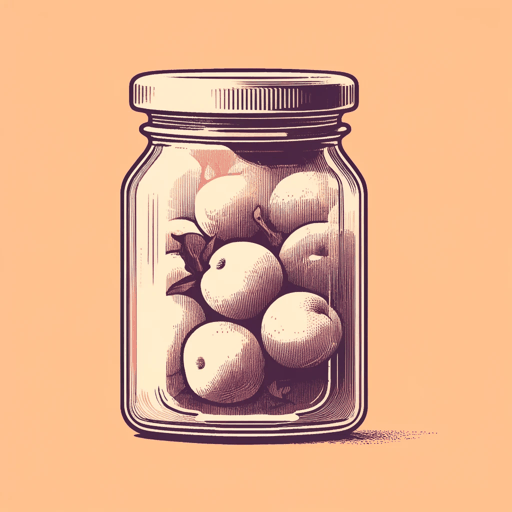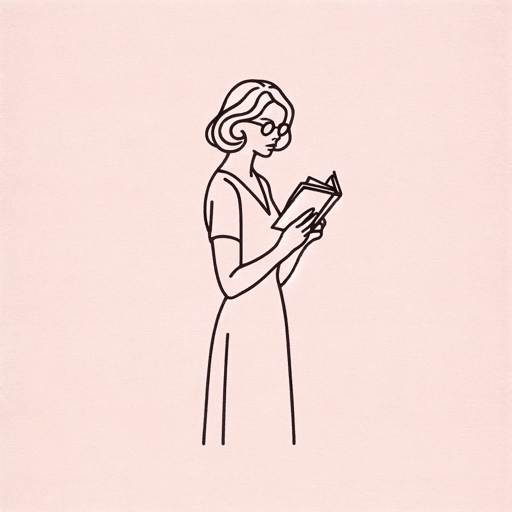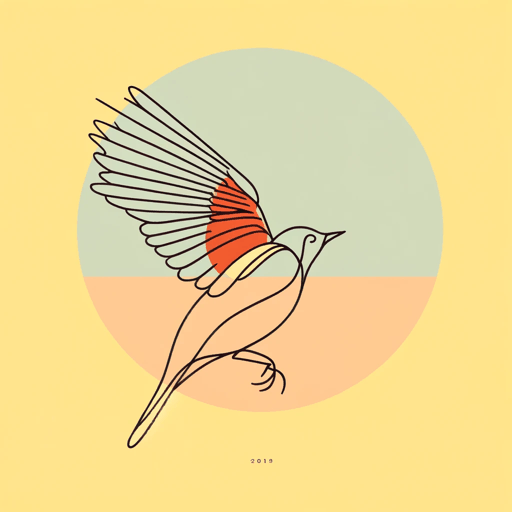33 pages • 1 hour read
Ted KooserAbandoned Farmhouse
Fiction | Poem | Adult | Published in 1980A modern alternative to SparkNotes and CliffsNotes, SuperSummary offers high-quality Study Guides with detailed chapter summaries and analysis of major themes, characters, and more. For select classroom titles, we also provide Teaching Guides with discussion and quiz questions to prompt student engagement.
Background
Literary Context
“Abandoned Farmhouse” finds influence in the early-20th-century imagist movement by using concrete images, favoring a natural voice over heightened poetic diction, and eschewing formal metrical structure.
American poet Ezra Pound’s foundational work “A Retrospect” (1918) includes “A Few Don’ts”—a set of mistakes to avoid when writing imagist poetry. Don’t let superfluous words clutter the poem, for instance. Writers also shouldn’t allow abstractions to dilute the precision of the observation: “The natural object is always the adequate symbol,” Pound writes (Pound, Ezra. “A Few Don’ts by an Imagiste.” 30 Oct 2005. Poetry Foundation).
A similar assertion is made by William Carlos Williams’s line in Paterson (1927): “No ideas but in things.” Abstract ideas do not produce clear, specific pictures set in a single context. Love, truth, freedom, or justice can’t be seen directly. A description of rags stuffed in a window is something a reader can imagine. By giving a reader something tangible to hold onto, the poet is giving meaning a place to build on. This approach is a primary characteristic of Kooser’s poetry. “Abandoned Farmhouse” features a series of direct descriptions that communicate an emotional impression.
Related Titles
By Ted Kooser




